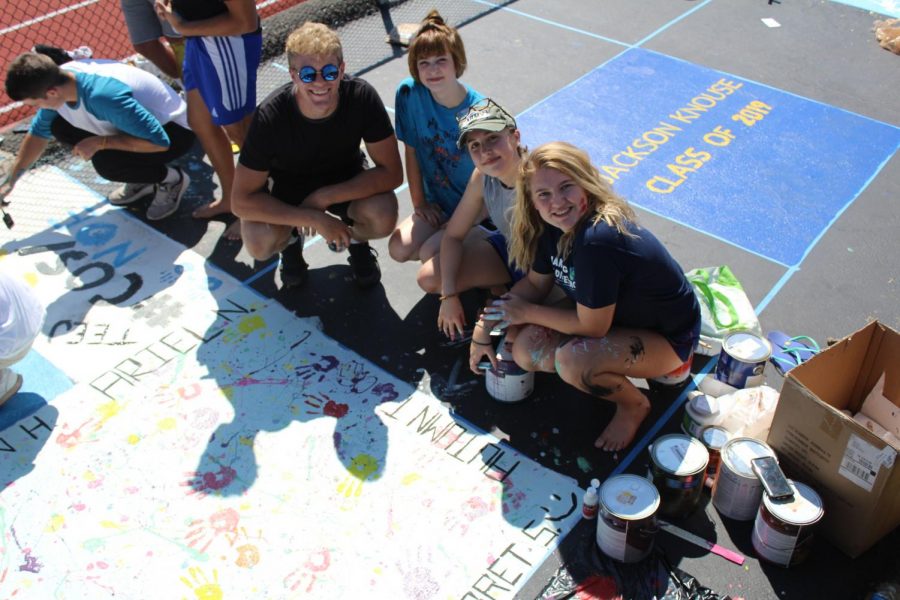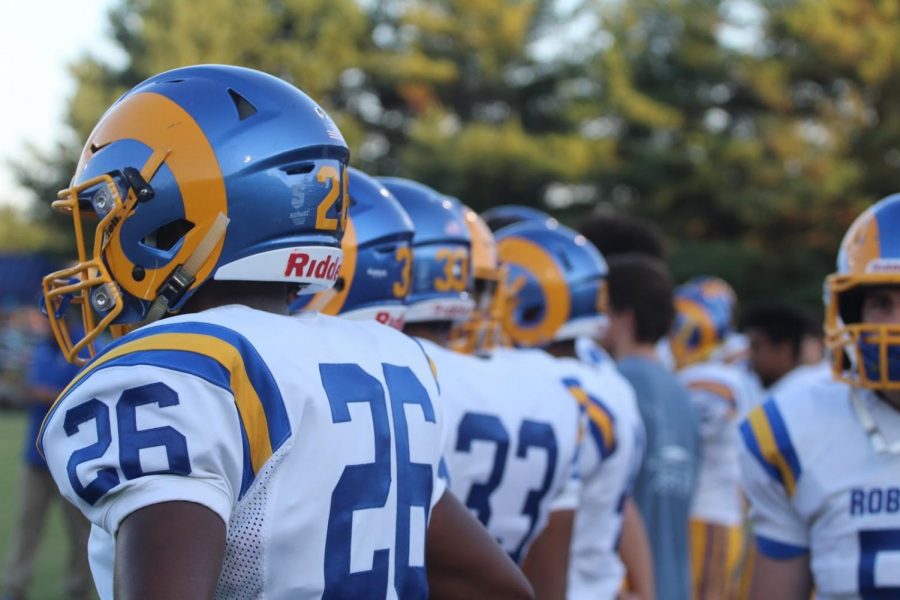“People are scared to talk about it because it is a little taboo. It’s a real issue. Informally people know about it but there is no formal awareness,” said junior John Hissong.
“I think they don’t talk about it because it’s a difficult topic. People are sensitive. There will always be people who ignore other peoples way of coping,” said senior Jack Elliot.
Are we really aware? According to the U.S. Center for Disease Control and Prevention, suicide is the third leading cause of death between the ages of 15-24. Suicide is considered a disease and psychiatrists argue that genetics and biology are what might cause one to commit this act. According to the Christian Science Monitor, suicide can be described as a “contagion” because it spreads.
Schools in the community hold walks for cancer and multiple sclerosis, but why has there not been one for teen suicide prevention? Are we afraid? Are we ashamed? Are we aware? Some students admit to not knowing enough about how to approach or deal with the topic.
“I think people are scared. It is a sad topic. We don’t know how to approach the problems,” said junior Havy Pham.
According to the New York Times, “ suicide has been virtually taboo, because of not only shame and stigma, but also fears that talking about the act could give others ideas about how to do it.”
“I think that the people who don’t talk about it are the people who find it to be a touchy subject. I know there have been a lot of in school and out of school events trying to spread awareness of suicide but that is pretty much the most that people can do,” said junior Emma Freeman. “It’s one thing that is hard to prevent.”
Approaching and discussing symptoms and issues is just the first step in taking action, which is what students are called to do. Just as suicide can be considered contagious, its prevention can be as well. This aspect of “contagion” has prompted stronger efforts to protect teens and young adults. According to the Christian Science Monitor, a school in Canada conducted a “random acts of kindness” campaign to start a positive “contagion” to prevent suicide.
Anyone can start taking action today. According to the Suicide Prevention Resource Center, there are three steps: learn the warning signs and how to respond, get involved in state and communal efforts, and make changes within your respective profession/organization or in a student’s case, school. Other websites and places to check out more information are: Suicide Prevention Resource Center (SPRC), American Association of Suicidology (AAS), American Foundation for Suicide Prevention (AFSP), National Suicide Prevention Lifeline, Suicide Awareness Voices of Education (SAVE), and Injury Control Research Center for Suicide Prevention (ICRC-S).
Parents, teachers, and young leaders are beginning to be trained to help prevent suicide in teens. In addition, we are to take notice of World Suicide Prevention Day, which takes place September 10 each year. The call to action is to become brave enough to discuss suicide with one another and with responsible adults.




